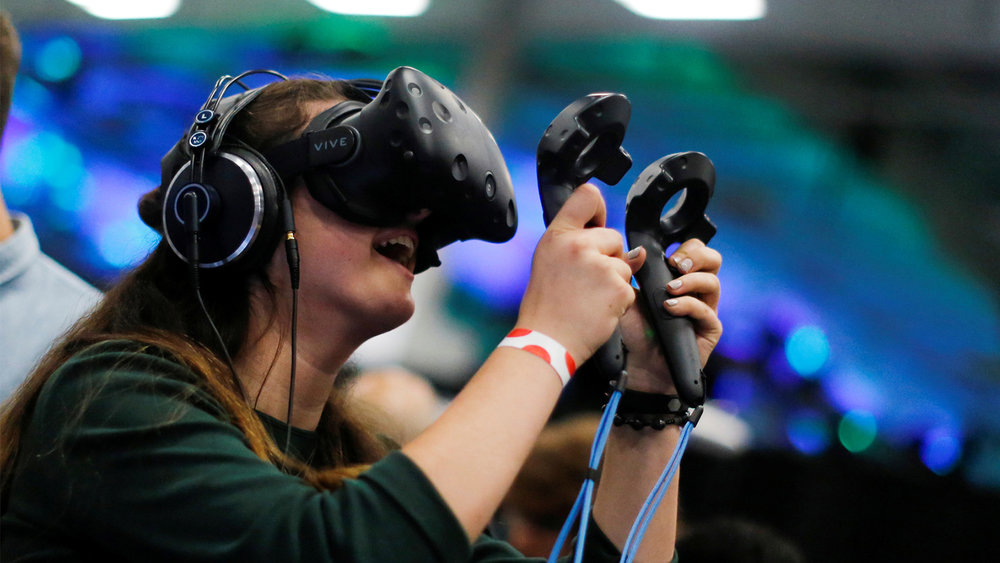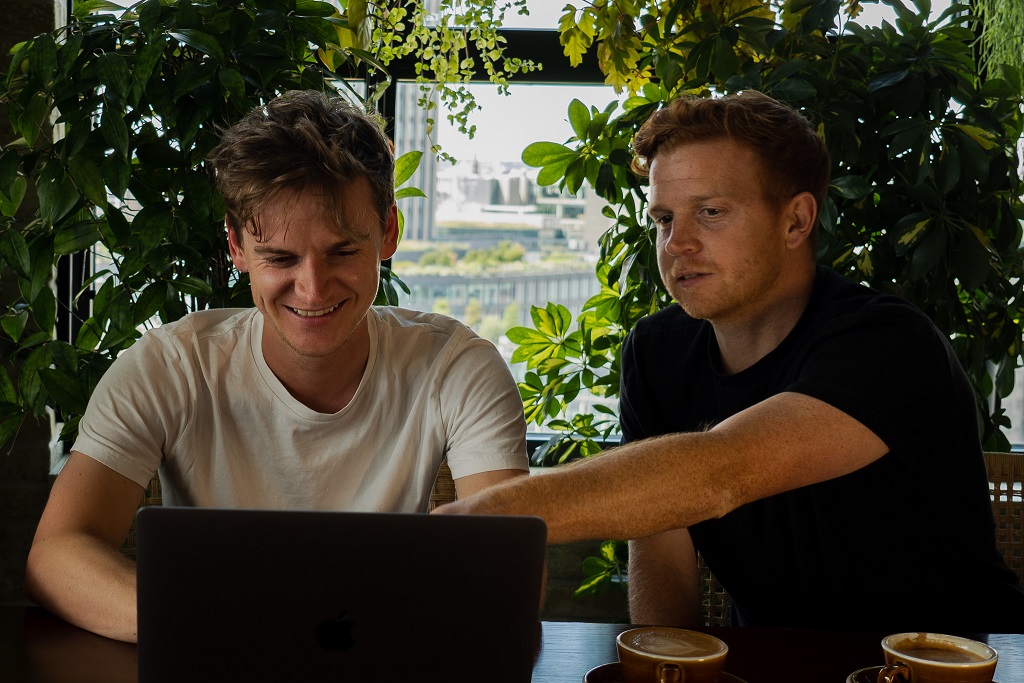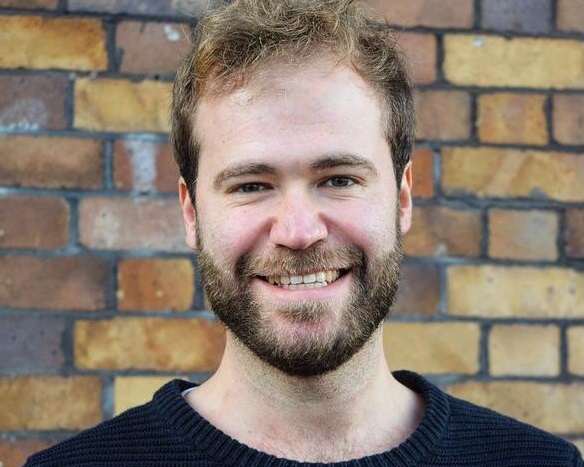Emanuel Tomozei, co-founder and head of development at InSilico, explains how his business is creating virtual reality (VR) training for companies to help cut costs and boost skills acquisition amongst workers.
Tell me a bit more about your company and how you set it up
InSilico is a VR and AR training company was formed in early 2017 and was founded by me and a former classmate, Arnaud Meneroud. After a few months Jean-Baptiste joined to help with the business development.
After my BA in Fine Art, I started a Masters degree in Art and Science at The Hague, but dropped out after one year to start my own business – I had a plan, and I felt the Masters was getting in the way more than it was helping.

One of the good things about studying fine art is that you are taught how to be independent and (in a narrow sense) run your own business.
In most art schools you are expected to become an artist exhibiting in galleries, selling artwork, doing your own independent research and coming up with your own products/results.
The subject matter is really open-ended – you are allowed to research and practice on any subject as long as you meet some learning criteria. This model suited me well and, while I was never going to become a practising artist, I took advantage of this freedom to research all new technologies I thought were having a big impact on our lives.
I chose VR as a medium to work with as I thought it had a lot of potential and I started experimenting with it four years ago when the first Oculus headset was released.
How does your business add value to your clients?
At this stage, most companies are investing in virtual reality for the long term. For example, universities and colleges are investing in VR equipment with the end goal of relieving some of the stress on teaching staff. However, developing course content for an entirely new medium will take at least five years to mature.
By then the VR hardware will be out of date, and entirely new software will be developed for experiencing and creating virtual reality content (AI will likely have a big impact on this).
As with any new technology, however, the investment is well worth it, and the people who are going to invest in it early are carried and carrying the medium forward.
Universities will be attracting more students, students will be exposed to new tech, develop new skills, raise interest and curiosity for the future. The rewards will really start to show once the tech matures.
That said, the one application that has immediate investment returns in virtual reality is training.
For example, flight simulators would normally need very expensive custom-built equipment such as screens, buttons, levers and joysticks. But with virtual reality all you need is a headset and two controllers or VR gloves. The levers, buttons and joysticks are all recreated in computer graphics.
Sure, you won’t feel the force of pressing the buttons like in real life, but for the most part that’s not essential to the training. The essential part is knowing the position and orienting and 3D space, learning hand placement, functionality, and to practice multi-tasking.
Beside this, VR is proven to be more efficient in teaching skill acquisition: it’s much more convenient and can potentially democratise this kind of training. Everyone with a VR headset would in theory be able to train to become a pilot at home anywhere in the world.
We saw this in action when digital training company Practeria approached us to make a part of a Computer Numeric Control (CNC) training module. The company that’s making the full course is claiming to deliver a full CNC machine operator training in six weeks. Current traditional CNC training takes 18 months.
What businesses have expressed an interest in your product?
Besides this, we’ve done one project for an immersive theatre/restaurant Chambers of Flavour that allowed disabled guests to take a virtual tour of one of their experiences.
Some vocational colleges such as Langley College have expressed interest to help with their teaching; they say that one of their goals is to ‘use VR content to relieve the pressure on the requirements of specialised teaching staff.’
Other companies are working with us for marketing purposes as virtual reality is proving effective for raising interest.
In what sectors do you see virtual reality being used more over the next few years?
I think VR has a big future in journalism, but it’s highly dependent on VR video capture being developed. The UN now has its own VR studio and they have produced some very good 360 films for fundraising and awareness. However, 360 video is not the most compelling. There are light-field cameras being developed which will hopefully change that.
There was also an Academy Award given recently to a virtual reality experience by Alejandro G. Iñárritu which took viewers on a journey with migrants crossing the American southwest desert.
I think documentaries are well suited for VR as well, as it can really immerse you into a world and provide you with a much better understanding of the topics being discussed. I think it could also trigger a ‘gamification’ of journalism, where the spectator is asked to re-enact or join a certain historical/important event. But this all depends on the tech becoming better, portable and more accessible.





